|
A boat is a watercraft of any size designed to float or plane, to provide passage across water. Usually this water will be inland (lakes) or in protected coastal areas. However, boats such as the whaleboat were designed to be operated from a ship in an offshore environment. In naval terms, a boat is a vessel small enough to be carried aboard another vessel (a
ship). Another less restrictive definition is a vessel that can be lifted out of the water. Strictly speaking and uniquely a
submarine is a boat as defined by the
Royal Navy. Some boats too large for the naval definition include the Great Lakes freighter, riverboat, narrowboat and ferryboat. The term armed boat, used primarily by English speaking
naval forces, referred to any boat carrying either a cannon or armed occupants, such as
marines.
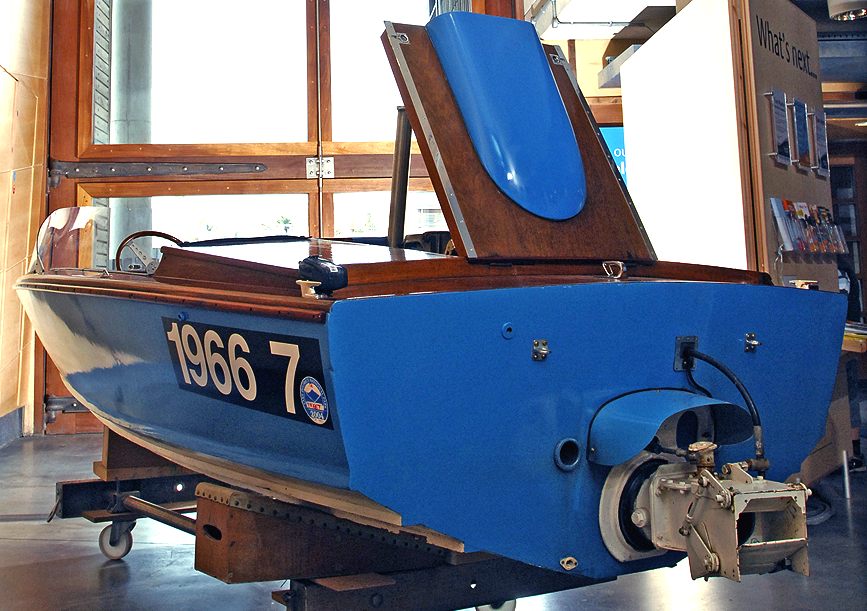
History
Babur crossing river Son; folio from an illustrated manuscript of ‘Babur-Namah’, Mughal, Akbar Period, AD 1598Boats have served as short-distance transportation since early
times. Circumstantial evidence, such as the early settlement of Australia over 40,000 years ago, and findings in Crete dated 130,000 years
ago, suggests that boats have been used since ancient times. The earliest boats have been
predicted to be logboats. The oldest boats to be found by archaeological excavation are logboats from around 7,000–10,000 years ago. The oldest recovered boat in the world is the Pesse canoe; it is a dugout or hollowed tree trunk from a Pinus sylvestris. It was constructed somewhere between 8200 and 7600 B.C. This canoe is exhibited in the Drents Museum in
Assen, Netherlands; other very old dugout boats have been recovered. A 7,000 year-old seagoing boat made from reeds and tar has been found in
Kuwait.
Boats were used between 4000 BCE and 3000 BCE in Sumer, ancient
Egypt and in the Indian Ocean.
Boats played a very important part in the commerce between the Indus Valley Civilization and
Mesopotamia. Evidence of varying models of boats has also been discovered in various Indus Valley
sites. The Uru wooden big boat made in Beypore a village in south Calicut, Kerala, in southwestern India. These have been used by the Arabs and Greeks since ancient times as trading vessels. This mammoth wooden ship was constructed using teak, without any iron or blueprints which has transportation capacity of 400 tonnes.
The accounts of historians Herodotus, Pliny the Elder, and Strabo suggest that boats were being used for commerce and
traveling.
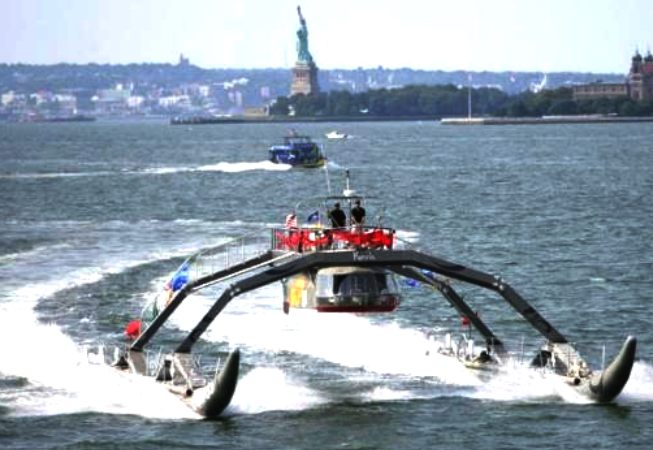
Types
A tug boat is used for towing or pushing other, larger vessels.Boats can be categorized into three types:
1.
Human-powered boats include canoes, kayaks, gondolas and boats propelled by poles like a
punt.
2. Sailing boats, which are boats propelled solely by means of sails.
3. Motorboats, which are boats propelled by mechanical means, such as engines.
Parts and terminology
Several key components make up the main structure of most boats. The hull is the main structural component of the boat which actually provides buoyancy for the boat. The roughly horizontal, but chambered structures spanning the hull of the boat are referred to as the deck. In a
ship there are often several decks, but a boat is unlikely to have more than one, if any at all. Above the deck are the superstructures. The underside of a deck is the deck head.
An enclosed space on a boat is referred to as a cabin. Several structures make up a cabin: the similar but usually lighter structure which spans a raised cabin is a coach-roof. The "floor" of a cabin is properly known as the sole, but is more likely to be called the floor (a floor is properly, a structural member which ties a frame to the keelson and keel). The vertical surfaces dividing the internal space are bulkheads.
The keel is a lengthwise structural member to which the frames are fixed (sometimes referred to as a backbone).
The front (or forward end) of a boat is called the bow. Boats of earlier times often featured a figurehead protruding from the front of the bows. The rear (or aft end) of the boat is called the stern. The right side (facing forward) is starboard and the left side is port.
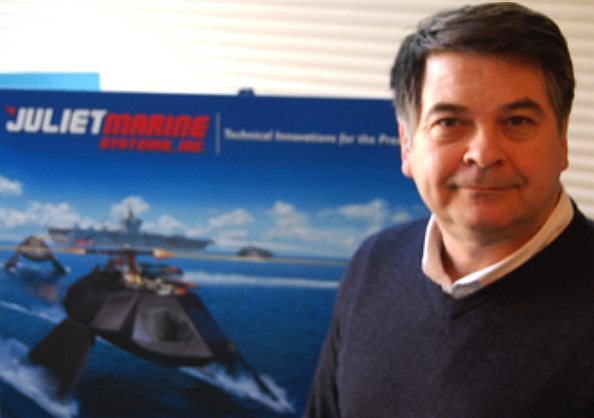
Building materials
A ship's lifeboat, built of steel, rusting away in the wetlands of Folly Island, South Carolina, United States.Until the mid 19th century most boats were of all natural materials; primarily wood although reed, bark and animal skins were also used. Early boats include the bound-reed style of boat seen in Ancient Egypt, the birch bark canoe, the animal hide-covered kayak and coracle and the dugout canoe made from a single log. By the mid 19th century, many boats had been built with iron or steel frames but still planked in wood. In 1855 ferro-cement boat construction was patented by the French. They called it Ferciment. This is a system by which a
steel or iron wire framework is built in the shape of a boat's hull and covered (trowelled) over with cement. Reinforced with bulkheads and other internal structure, it is strong but heavy, easily repaired, and, if sealed properly, will not leak or corrode. These materials and methods were copied all over the world, and have faded in and out of popularity to the present. As the
forests of Britain and Europe continued to be over-harvested to supply the keels of larger wooden boats, and the Bessemer process (patented in 1855) cheapened the cost of steel, steel ships and boats began to be more common. By the 1930s boats built of all steel from frames to plating were seen replacing wooden boats in many industrial uses, even the
fishing fleets. Private recreational boats in steel are uncommon. In the mid 20th century
aluminium gained popularity. Though much more expensive than steel, there are now
aluminium alloys available that will not corrode in salt water, and an aluminium boat built to similar load carrying standards could be built lighter than
steel, reducing drag - hence fuel consumption.
Which in turn reduces pollution.
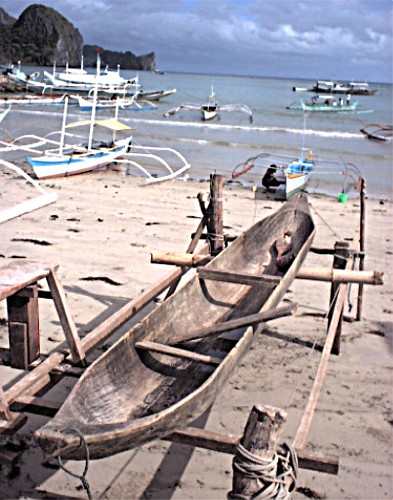
A wooden boat operating near shoreAround the mid 1960s, boats made of glass-reinforced plastic, more commonly known as fibreglass, became popular, especially for recreational boats. The United States Coast Guard refers to such boats as 'FRP' (for Fibre Reinforced Plastic) boats.
Fibreglass boats are extremely strong, and do not rust (iron oxide), corrode, or rot. They are, however susceptible to structural degradation from sunlight and extremes in temperature over their lifespan. Fibreglass provides structural strength, especially when long woven strands are laid, sometimes from bow to stern, and then soaked in epoxy or polyester resin to form the hull of the boat. Whether hand laid or built in a mould, FRP boats usually have an outer coating of gelcoat which is a thin solid colored layer of polyester resin that adds no structural strength, but does create a smooth surface which can be buffed to a high shine and also acts as a protective layer against sunlight. FRP structures can be made stiffer with sandwich panels, where the FRP encloses a lightweight core such as balsa or foam. Cored FRP is most often found in decking which helps keep down weight that will be carried above the waterline. The addition of wood makes the cored structure of the boat susceptible to rotting which puts a greater emphasis on not allowing damaged sandwich structures to go
un-repaired. Plastic based foam cores are less vulnerable. The phrase 'advanced composites' in FRP construction may indicate the addition of
carbon fibre, kevlar(tm) or other similar materials, but it may also indicate other methods designed to introduce less expensive and, by at least one yacht surveyor's eyewitness
accounts, less structurally sound materials.
Cold molding is similar to FRP in as much as it involves the use of epoxy or polyester resins, but the structural component is wood instead of
fibreglass. In cold moulding very thin strips of wood are laid over a form or mould in layers. This layer is then coated with resin and another directionally alternating layer is laid on top. In some processes the subsequent layers are stapled or otherwise mechanically fastened to the previous layers, but in other processes the layers are weighted or even vacuum bagged to hold layers together while the resin sets. Layers are built up thus to create the required thickness of hull.
People have even made their own boats or watercraft out of materials such as foam or plastic, but most
home-builts today are built of plywood and either painted or covered in a layer of fibreglass and resin.
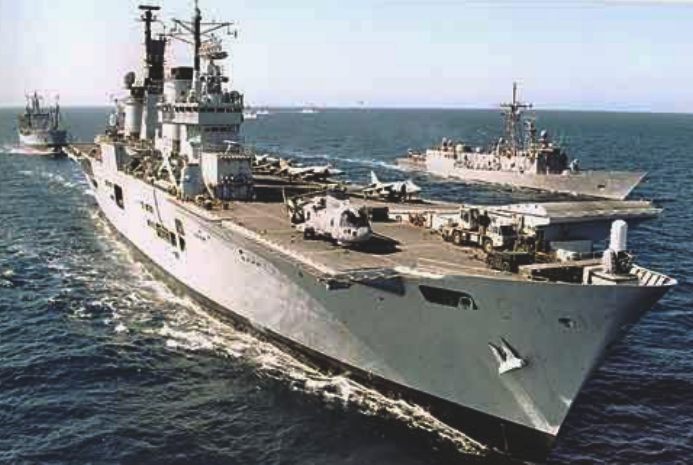
Propulsion
The most common means are:
human power (rowing, paddling, setting pole and so on.)
wind power (sailing)
Motor powered propellers
Inboard
internal combustion (gasoline, diesel, heavy fuel oil)
steam (coal, fuel oil)
Inboard/Outboard (sterndrive)
gasoline
diesel
Outboard
electric
paddle wheel
Water jet (personal water craft, jetboat)
Air fans (hovercraft, air boat)

Track-driven propulsion
The water caterpillar boat propulsion system (Popular Science Monthly, December 1918, p
68). An early uncommon means of boat propulsion was referred to as the water caterpillar which is similar in construction to paddles on a conveyor belt and preceded the development of tracked vehicles such as military tanks and earth moving equipment. A series of paddles on chains moved along the bottom of the boat to propel it over the
water.
The first water caterpillar was developed by Desblancs in 1782 and propelled by a steam engine. In the
United States the first water caterpillar was patented in 1839 by William Leavenworth of
New York.
Buoyancy
A floating boat displaces its weight in water. The material of the boat hull may be denser than water, but if this is the case then it forms only the outer layer. If the boat floats, the mass of the boat (plus contents) as a whole divided by the volume below the waterline is equal to the density of water (1 kg/l). If weight is added to the boat, the volume below the waterline will increase to keep the weight balance equal, and so the boat sinks a little to compensate.
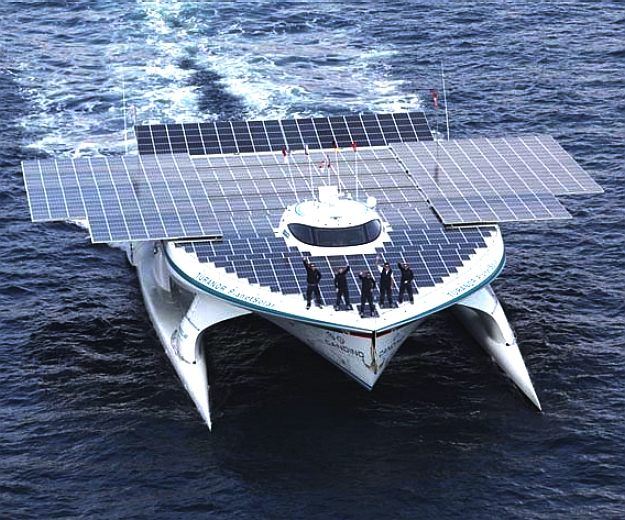
BOAT LINKS:
ASV
- Unmanned Systems
Babcock
International Group plc
BAE
Systems -
Baltic
Ace - cargo vessel collision
Bluebird
Marine
Boat
patent - autonomous vessels
Boat
patent - foil wing sails
CHARC
- Lockheed Martin concept vessel
ClassNK
- Japanese ship classification society
Costa
Concordia - accident pictures and salvage operation
Electric
Boats
Exxon
Valdez - Oil tanker disaster, Alaska
Ghost
- Juliet Marine
Hamster
Wheel Catamaran - Chris Todd's Irish Sea adventure
Harland
& Wolff -
Hawkes
- Minisubs
International
Maritime Organization
Institute
of Navigation -
Lockheed
Martin -
Marine
fittings, specialist services and parts
Maritime
and Coastguard Agency - MCA
Mine
Hunters, mine sweepers -
National
Environment Research Council -
National
Oceanographic Center - Southampton, UK
NAVSAC
- Navigation Advisory Safety Council
Northrop
Grumman -
Pearly
Miss 13' aluminum sports boat
Predator
- Submarine hunter/killer patent minisub
Protector
- Raphael Armaments drone boat
Ship
Owners Trust - International Cargo
Ship
salvage
Solar
assisted ships
Technology
Strategy Board - Autonomous Navigation
Top
Gun - Electric Cigarette boat record
Torrey
Canyon - Oil tanker disaster,
Bligh Reef
Vosper
Thornycroft -
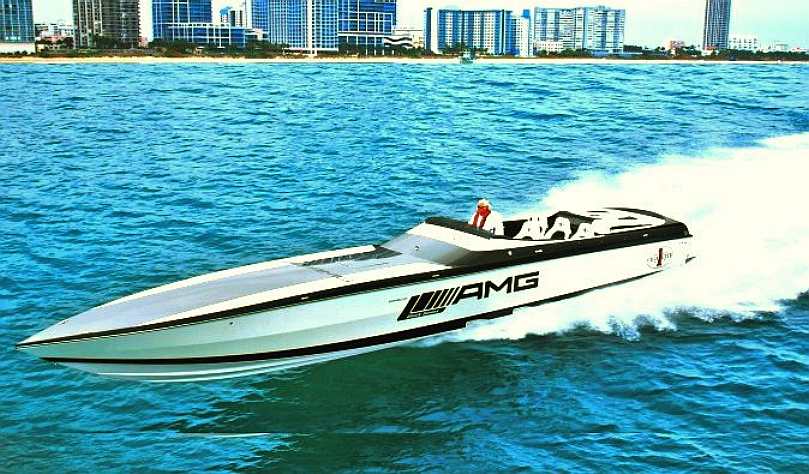
ADVANCED
RESEARCH
Navies
all over the world are constantly experimenting to improve the
performance of their ships, whether that is the design of the ship's
hull, it's engines, or it's weapons. The latest advances are in drone
and semi
autonomous (US DARPA submarine) controls, many of which projects are not funded or
commissioned by the military, but by private individuals or
organisations. The most advanced of these boat projects is the SolarNavigator,
a solar powered boat that is designed to achieve the first ever fully autonomous circumnavigation. The team are hoping to be able to mount
an attempt in 2015.
Other
important warship development, includes stealth and high speed hulls,
like the Ghost
ship from Juliet Marine Systems and the CHARC from Lockheed Martin,
both SWATH concept vessels.
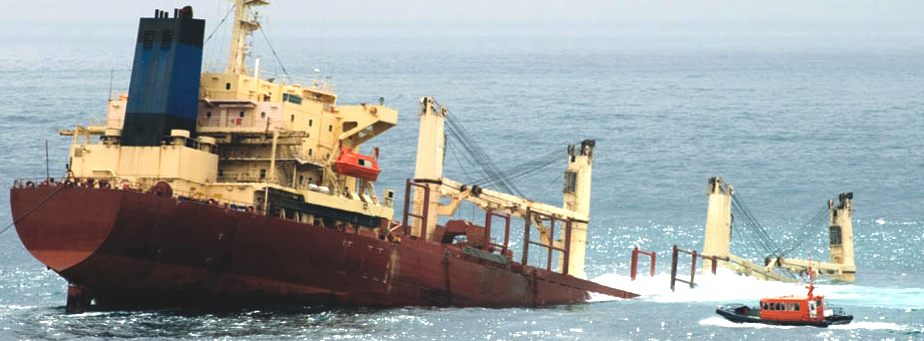
FAMOUS
OIL TANKER SHIPWRECKS
1967
Torrey Canyon UK - 119,000 tonnes
1978 Amoco Cadiz Brittany - 220,000 tonnes
1979 Atlantic Empress Tobago - 160,000 tonnes
1983 Braer Shetland Isles - 85,000 tonnes
1989
Exxon Valdez Alaska - 38,800 tonnes
1996 Sea Empress Wales - 72,000 tonnes
2002 Prestige North-west Spain - 42,000 tonnes
.......
The World in Your Hands
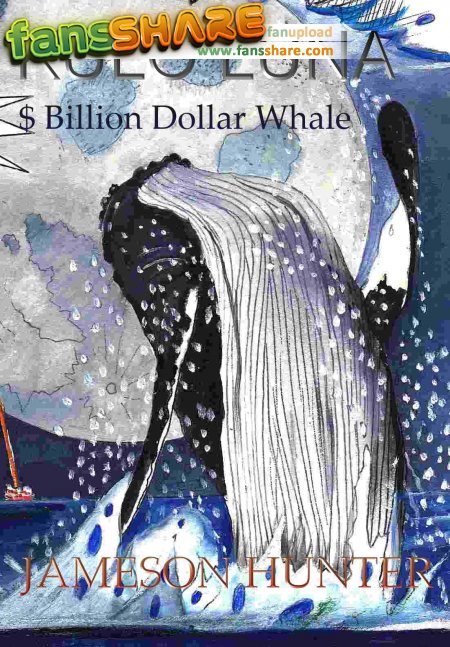
A
heartwarming adventure: Pirate
whalers V Conservationists,
with
an environmental
message.
For
release as an e-book in 2013 with hopes for a film in
2015 TBA
(graphic
design: Martin
House)
|









